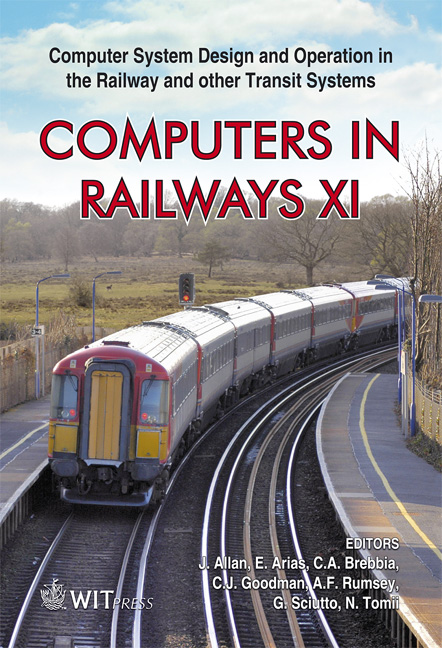The Methodology Development Of Railway Level Crossing Safety Systems – South Australia Case Study
Price
Free (open access)
Transaction
Volume
103
Pages
9
Page Range
629 - 637
Published
2008
Size
278 kb
Paper DOI
10.2495/CR080611
Copyright
WIT Press
Author(s)
S. Z. Ishak, W. L. Yue & S. V. C. Somenahalli
Abstract
Railway level crossing accident is one of the major contributing factors of railway related fatalities in many countries. Even though railway level crossing accidents can be considered as a rare event, the impact is often severe. In Australia, safety issues at railway level crossing are not very serious relative to those of developing countries. However, railway level crossing accidents have continuously become a concern in railway industries in especially when it involved fatalities. This paper presents a methodological development proposed for railway level crossing safety systems and South Australia’s situation is used as a testing case. Due to the complex nature of railway level crossing safety systems; Petri Nets approach will be applied in assisting the development of a meaningful evaluation model. The components of basic concept of safety engineering; engineering infrastructure, level crossing surrounding environment and human factors will also be considered in the model. Keywords: railway level crossing; safety engineering; petri nets. 1 Introduction Railway Level Crossing (RLC) accident is one of the most serious safety issues faced by the rail system in Australia. Even though the occurrence of accidents at RLC has fewer fatalities compared to other countries such as New Zealand, United States and Finland, it continues to be the largest single cause of fatalities from rail activity. The lost due to RLC accidents is very significant and giving a huge negative impact on Australian economy [1].
Keywords
railway level crossing; safety engineering; petri nets.





